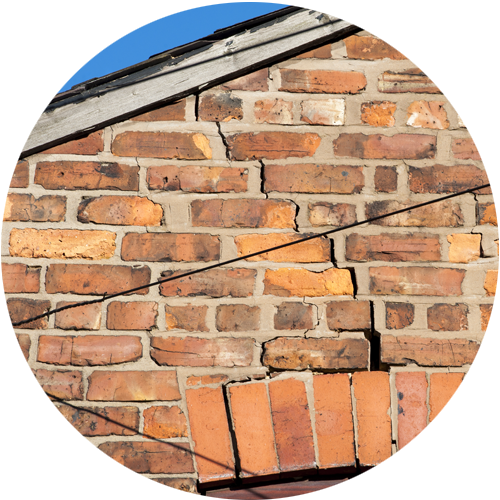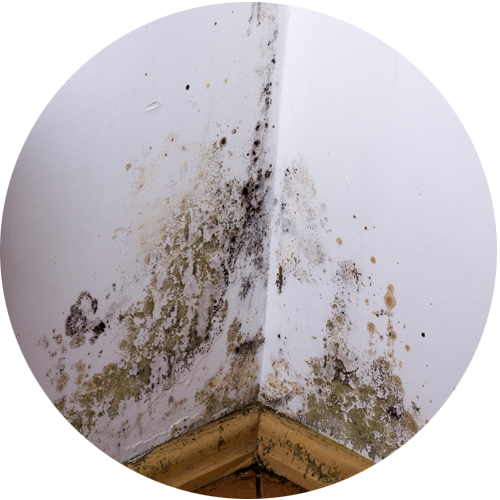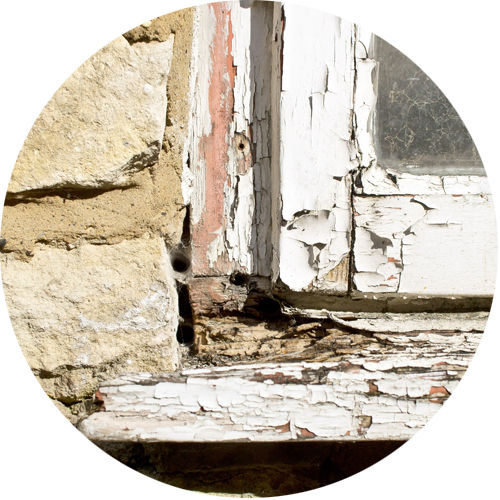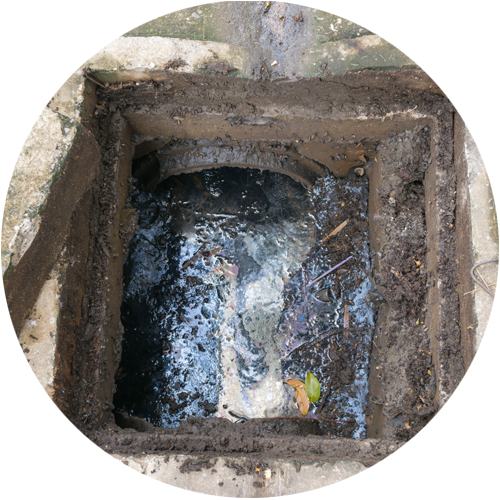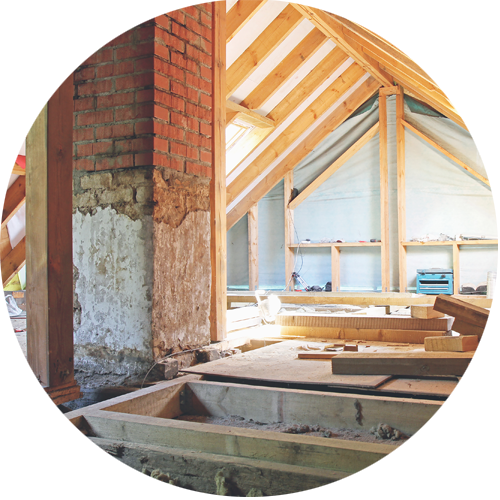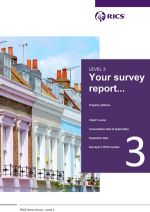"Competitively priced service, the agent I dealt with was very helpful. On the day of the survey itself I received a call from the surveyor to run through his initial findings. The quality of the report produced was excellent, very detailed and thorough. If needed I will be using SAM Conveyancing's services again in the future for sure."
Defects flagged in a Bristol Home Buyers Survey

Types of property in Bristol?
Buildings from most architectural periods of the United Kingdom can be seen in the city. Surviving elements of the fortifications and castle date to the medieval period, and the Church of St James dates back to the 12th century.
Bristol's population grew fivefold in the 19th century, when Clifton and Cotham suburbs came into being and which provide architectural examples from the Georgian to the Regency style, with many fine terraces and villas facing the road, and at right angles to it.
Bristol grew steadily during the 20th century but was heavily bombed in the 2nd world war when nearly 100,000 buildings were damaged. The rebuilding of Bristol city centre was characterised by 1960s and 1970s skyscrapers, mid-century modern architecture and road improvements.
Beginning in the 1980s some main roads were closed, the Georgian-era Queen Square and Portland Square were restored, the Broadmead shopping area regenerated, and one of the city centre's tallest mid-century towers was demolished.
There are many new build developments, including in Fishponds, Keynsham, Thronbury, Emersons Green and Yate offering anything from 3,4 and 5-bedroom family houses to 1, 2 and 3-bedroom apartments, depending on the development. Many developments offer shared ownership.
Why Choose Sam Conveyancing for your Home Survey?
After 10 years of helping over 30,000 clients we've learned alot about surveys in Bristol using our panel of over 100 Royal Institution of Chartered Surveyors (RICS). Your Bristol surveyor will be local to your property so whether you're worried about subsidence, damp, infestations, extensions or even the just for peace of mind, we've got you covered.
Our HomeBuyers Survey costs are fixed and competitive as you'll see from all our Excellent reviews on Trustpilot. This means you don't have to break the bank to get a full health check on your new home. Get a Home Buyer Survey Quote today or if you're not sure which survey to choose and want to know the difference between a Level 2 Home Survey and a Level 3 Building Survey, then give us a call and we'll happily tell you what you need - 0333 344 3234 (local call charges apply).


Average Cost of Building Surveyor in Bristol
The cost varies depending on the size and condition of the property, with the average cost of our HomeBuyers Survey starting at £375 EXC VAT. The average cost of a Building Survey is higher. Our fixed fees start at £499 EXC VAT.
To ensure accuracy, we utilise Rightmove or Zoopla to assess the property type, guaranteeing a fixed quote tailored to your needs. For guidance on choosing the right survey, contact our survey specialists at 0333 344 3234.
Frequently Asked Questions: Homebuyers Survey Bristol
We take problems very seriously, and if you encounter an issue, we ensure your concerns are addressed promptly and professionally. The initial step involves submitting a formal, written complaint, outlining the problem and supplementing it with any supporting evidence, like photos.
Our Bristol surveyor will send you their Formal Complaints Procedure outlining the expected response timeframes. They will work to rectify your complaint and might even propose revisiting the property in Manchester. After a comprehensive review, they will write back to you, hopefully resolving your complaint through the provision of further information.
If you remain unsatisfied, you can resort to a third-party dispute resolution service to which the surveyor is registered. This service becomes accessible only after you have formally complained to your surveyor.
The details of the dispute resolution service for RICS surveyors are as follows:
Centre for Effective Dispute Resolution
100 St. Paul's Churchyard, London, EC4M 8BU
CEDR.com
- Abbotts Close, Whitchurch Close, Bristol, BS14 0UD
- 21 Luckwell Road, Bristol, BS3 3EW
- 2 Bath Street, Bristol, BA3 2EF
- 157 East St, Bristol, Avon BS3 4EJ
- 689 Wells Rd, Bristol, Avon BS14 9HU
Local Building Survey Bristol
Our Building Surveyors specialise in the local area and have completed house surveys in Kingswood, Newport, Filton, Bath, Weston-super-Mare, Swindon and Gloucester.
We work with specialist RICS Building Surveyors to undertake Home Buyers Surveys in Bristol. Whether you are buying an old run down 'doer upper' or standard construction freehold house, our RICS surveyors have seen them all.
With a vast number of years of experience completing building surveys on properties in Bristol we'll be able to give you the detailed Bristol HomeBuyers report that you will need to know and what defects there are with your property.
*Survey prices vary depending on the type of survey, the size of the property and the property's location.
**Subject to availability. If your survey date is longer than 1 week then ask and we will try to fit you in sooner.
- online checklists
- videos
- free downloads
- useful tips
RICS Level 2 Home Survey with a Valuation
A RICS Level 2 Home Survey, which used to be called the HomeBuyer Report or a Home Buyer Survey, is generally suitable for:
- Bungalows
- Flats
- Standard construction houses
The majority of Bristol's leasehold flats require only a RICS HomeBuyer Report but for any Victorian conversions, a Building Survey may well be required.
RICS Level 3 Building Survey
A Level 3 Home Survey, also known as a Building Survey or a full structural, is the most comprehensive visual inspection a RICS surveyor can provide on a property in Bristol. It is suitable for:
- complex buildings, for example those that have been extensively extended and altered
- unique or older historic properties
- properties in poor condition; or
- those where the client is planning to carry out extensive repair and refurbishment work.
Speak to one of our team on 0333 344 3234 to find out if your property suits a RICS Building Survey, or read our article Which Home Buyers Survey suits your property .







